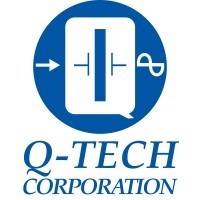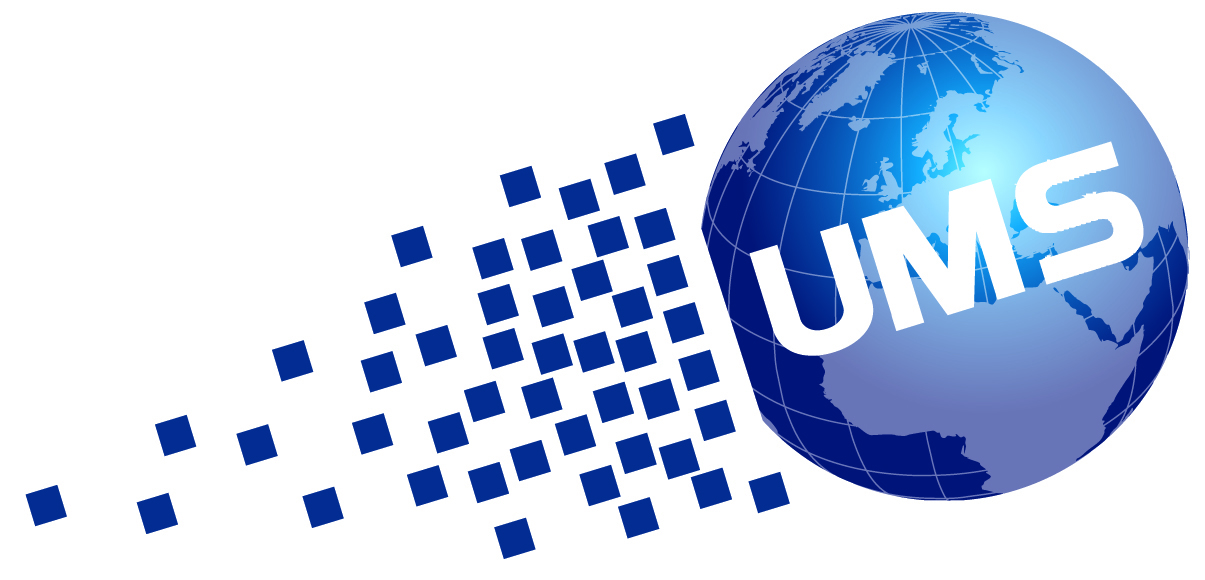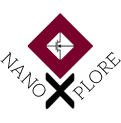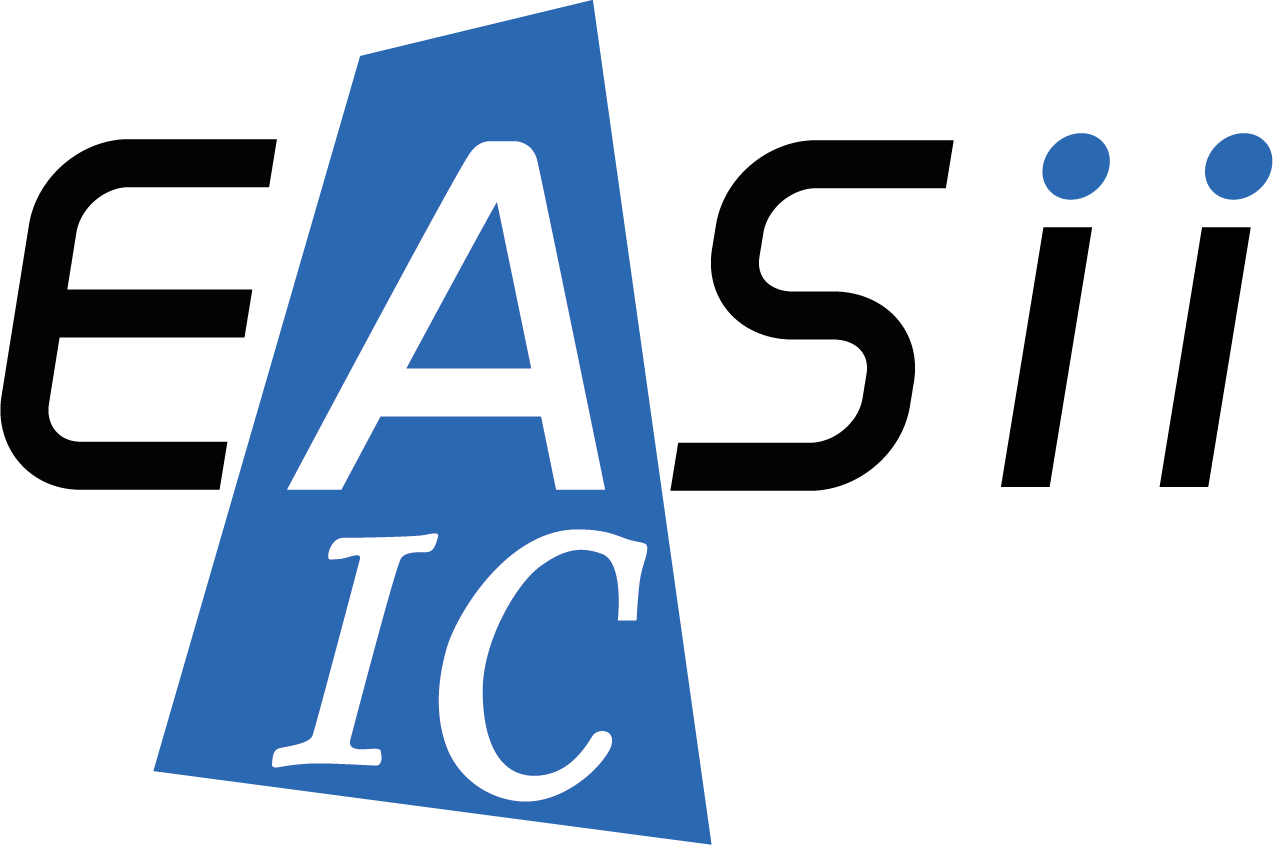Q-Tech – The Importance of Crystal Mounting Structure
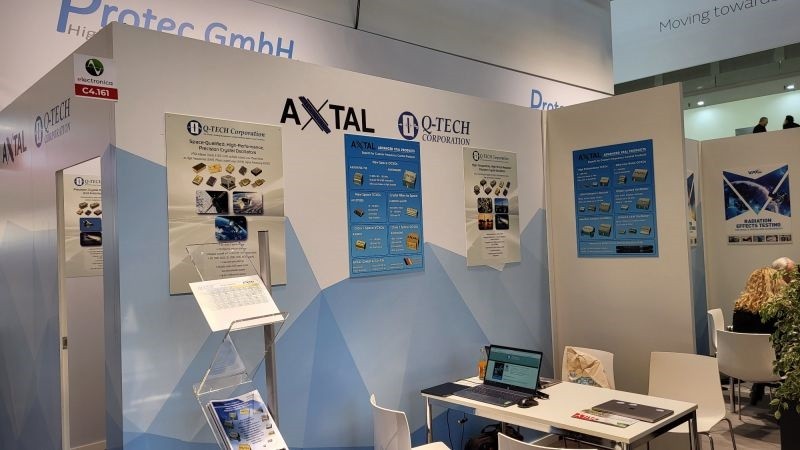
- Home
- /
- POSTS
- /
- Technology
- /
- Q-Tech – The Importance...
Welcome to the Q-TECH Crystal Oscillator Professor
This blog is about the nuts and bolts of time and frequency control, and especially about the details of crystal oscillators, which are particularly fascinating devices. This blog will explore how timing systems using crystal oscillators work, and how to use, specify and troubleshoot crystal oscillators, as well as tracking and discussing the exciting new developments in the field.
Ronald Stephens
Ronald Stephens is the former president of Q-Tech Corporation. He has degrees in Physics, Math and Operations Research and 47 years of experience in the crystal oscillator industry. He is a former chairman of the EIA’s Piezoelectric Products Group and the Piezoelectric Conference and Exhibition. In 2017 the IEEE Frequency Control Symposium awarded him the C.B. Sawyer Memorial Award “For decades of entrepreneurial leadership in the frequency control industry.
Subscribe and get a free download to our Q-Tech White Paper.
- The Evolution of Crystal Mounting
Historically, most precision crystal resonators were round and a typical mounting structure used two nickel ribbons spaced 180 degrees apart on the round crystal blank. But it was discovered that this was not optimal for handling high shock and vibration, and a two-point mounted crystal could rotate on its axis and break when exposed to a high enough shock. So, it has become standard to use either a three-point mount or a four-point mount on precision high reliability crystals. That will not allow the crystal to rotate and break. All else being equal, a four-point mount on a round crystal is the optimum configuration.Attaching the Mounting to the Crystal
The physical and electrical attachment of the crystal to its mounting structure is very important. Almost always, this is done by using epoxy to attach the quartz crystal to a metal mounting structure, typically a nickel ribbon. The epoxy must be low outgassing and must be carefully cured at very high temperatures for long periods of time. The most difficult requirement is to minimize mechanical stress on the quartz resonator. There will always be some stress from the mounting structure, but it can and must be minimized. The kind of epoxy used is important, its proper curing is essential and the amount of epoxy used and its physical location on the resonator are essential. In addition, the properties of the metal mounting structure are critical.Mounting of Smaller Crystals
As electronics devices get smaller, it is not uncommon to use crystal oscillators in packages as small as 5 x 7 mm or even smaller. In these small packages, a round crystal cannot be used and instead a rectangular or “strip” crystal must be used. It is very difficult to use a four point mount on rectangular crystals, because the placement of the four mounting points cannot be exactly symmetrical (unlike on a round crystal). So a four-point mount on a rectangular crystal will always result in some unwanted stress.
The good news is that on crystal blanks so small, a two-point mount no longer causes much susceptibility to breakage under high shock. That’s because the small crystal has so little physical mass that it does not generate enough torque to twist much on it axis. In fact most two-point mount rectangular crystals can easily survive 22,000 G or more.NASA Restrictions on Crystal Mounting
Because of the previous history of problems with two two-point-mounted round crystals, NASA has long prohibited thier use in space. Q-Tech has carefully qualified four-point mount rectangular crystals for use in space. These four-point mount miniature rectangular crystals can survive additionally high shock levels, typically up to 36,000 G.Accommodating Low Earth Orbit Requirements
Manufacturing four-point mount miniature crystals is quite difficult and expensive. Many companies now use less expensive two-point mount miniature crystal oscillators in 5 x 7 mm or smaller packages for LEO applications, such as satellite clusters. But for deep space or GEO applications, most still require four point mount crystals.
Continue Reading this Article…
Q-Tech Address : 6161 Chip Ave. – Cypress, CA 90630, US
Phone : (310) 836-7900
Fax : (310) 730-6440
Email: sales@q-tech.com
Web: https://q-tech.com/
| Italy Agent: DANILO LAUTA Via Guido Rossa 34, 00065 – Fiano Romano, ROME, ITALY Email: d.lauta@protec-semi.com Phone: +39 334 9529414 Web: www.microrel.com |
In Partnership with: Phone: +49 (0)89 6602923 Email: sales@protec-semi.de Web: www.protec-semi.de |
CONTACT MODULE


